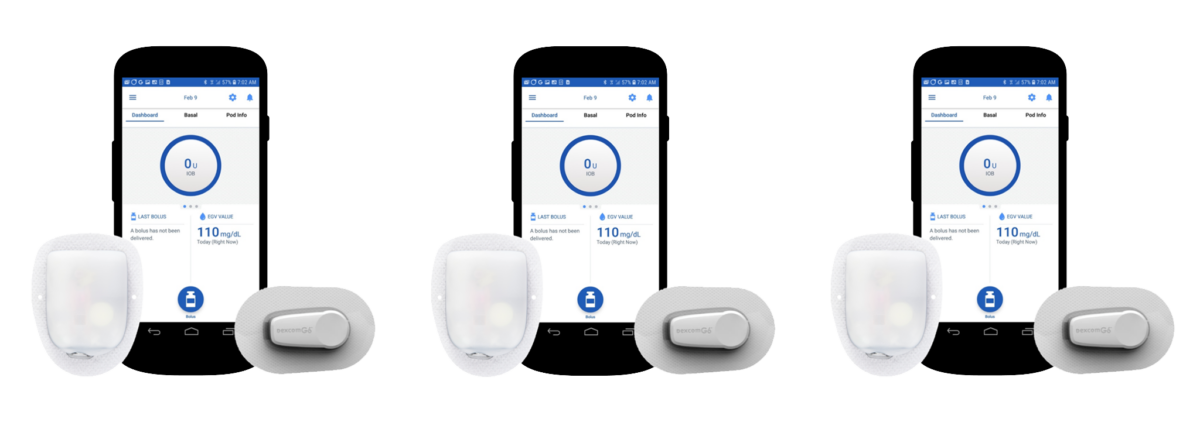Rezdiffra Approved for MASH—A Diabetes-related Liver Disease
Written by: Beyond Type 1 Editorial Team
3 minute read
March 21, 2024
On March 14, 2024, the U.S. Food and Drug Administration approved resmetirom (Rezdiffra)—the first drug for a diabetes-related liver disease known as MASH.
The approval makes way for the first and only medication for the treatment of a diabetes-related liver disease known as non-cirrhotic non-alcoholic steatohepatitis—also known as metabolic dysfunction–associated steatohepatitis (MASH)—with moderate to advanced liver fibrosis (thickening/scarring).
“Previously, patients with [MASH] who also have notable liver scarring did not have a medication that could directly address their liver damage,” said Nikolay Nikolov, MD, acting director of the Office of Immunology and Inflammation in the FDA’s Center for Drug Evaluation and Research. “ … approval of Rezdiffra will, for the first time, provide a treatment option for these patients.. .”
What is Rezdiffra?
Manufactured by Madrigal Pharmaceuticals, Rezdiffra is an oral thyroid hormone receptor beta-selective agonist.
Rezdiffra is indicated for once-daily use. It is to be used along with diet and exercise.
The recommended dosage of Rezdiffra is based on actual body weight.
- For patients weighing less than 220 pounds, the recommended dosage is 80 mg orally once daily.
- For patients weighing more than 220 pounds, the recommended dosage is 100 mg orally once daily.
What is MASH?
- MASH affects an estimated 1.5 million adults in the United States—of which, roughly 525,000 have MASH with significant fibrosis.
- MASH is a more advanced form of non-alcoholic fatty liver disease (NAFLD).
- MASH is also the leading cause of liver-related mortality.
- Patients with MASH—especially those with more advanced metabolic risk factors (hypertension and concomitant type 2 diabetes)—are at increased risk for adverse cardiovascular events and increased morbidity and mortality.
- In addition to liver disease, patients with MASH have at least one related comorbid condition (e.g., obesity, hypertension, dyslipidemia or type 2 diabetes).
How Does Rezdiffra Help People With MASH?
In clinical trials—to people with biopsy-confirmed MASH—Rezdiffra was given, once daily, at either 80-mg or 100-mg doses.
Following 52 weeks of treatment, both doses of Rezdiffra demonstrated statistically significant improvement—compared to placebo—on two primary endpoints:
- MASH resolution—including a reduction in the NAFLD activity score by ≥2 point) with no worsening of fibrosis, and
- An improvement in fibrosis by at least one stage with no worsening of the NAFLD activity score.
What Are the Side Effect of Taking Rezdiffra?
Rezdiffra should not be used in patients with an acute deterioration in liver function.
The most common adverse reactions reported in patients treated with Rezdiffra included diarrhea, nausea, pruritis, abdominal pain, vomiting, constipation, and dizziness.
Use of Rezdiffra should be avoided in patients with deterioration in liver function with cirrhosis .
Patients should stop using Rezdiffra if they develop signs or symptoms of worsening liver function.
When Will Rezdiffra Be Available?
Rezdiffra is expected to be available to patients in the United States in April 2024, and will be distributed through a limited specialty pharmacy network.
Full prescribing information is available here.

Author
Beyond Type 1 Editorial Team
Beyond Type 1 is the largest diabetes org online, funding advocacy, education and cure research. Find industry news, inspirational stories and practical help. Join the 1M+ strong community and discover what it means to #LiveBeyond a diabetes diagnosis.
Related Resources

Already compatible with Dexcom’s G6 and G7 continuous glucose monitors (CGMs), the Omnipod 5 Automated...
Read more

The younger a person is diagnosed with type 2 diabetes, especially those with obesity, the...
Read more

The Oura Ring, which tracks things like sleep, heart rate, and activity, is joining forces...
Read more

